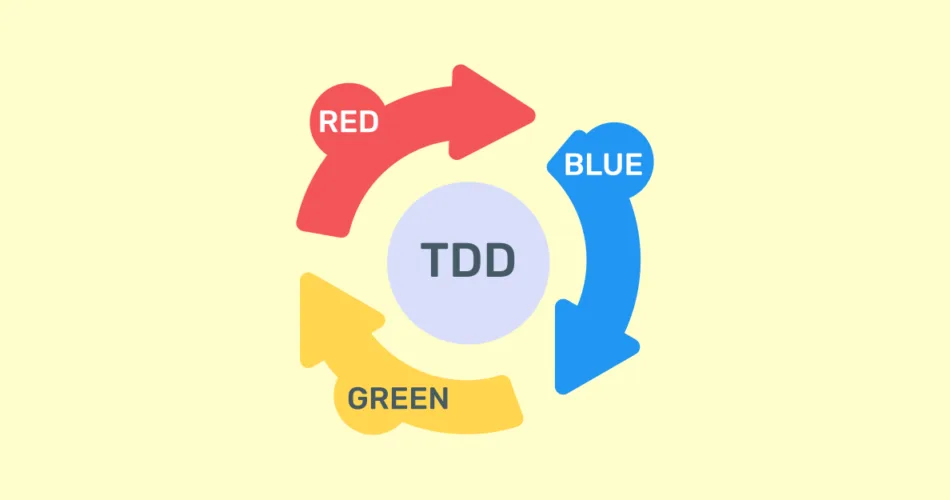In the ever-evolving world of software development, ensuring the quality of your code is paramount. One methodology that has gained significant popularity for achieving this is Test-Driven Development (TDD). TDD is not just a testing approach; it’s a whole development process that can lead to more reliable and maintainable code. In this article, we’ll delve deep into the world of TDD, exploring its principles, benefits, and practical implementation.
Principles and Benefits of TDD
Test-Driven Development (TDD) is a software development methodology that emphasizes writing tests before writing the actual code. It follows a simple but powerful cycle known as the Red-Green-Refactor cycle:
- Red: Write a failing test that describes the behavior you want to implement.
- Green: Write the minimum amount of code needed to make the test pass (i.e., implement the desired behavior).
- Refactor: Refactor your code to make it clean, efficient, and maintainable while ensuring that all tests still pass.
This cycle is at the core of TDD and is repeated continuously throughout the development process.
test-driven-development/
├── src/
│ ├── main/
│ │ └── java/
│ └── test/
│ └── java/
└── pom.xml
By following TDD, developers can enjoy several benefits:
- Improved Code Quality: TDD encourages writing clean, modular, and maintainable code.
- Reduced Bugs: Catching and fixing issues early in the development process leads to fewer bugs in the final product.
- Enhanced Collaboration: Tests act as documentation and can be used to facilitate communication between team members.
- Faster Development: TDD often results in more efficient development, despite the initial investment in writing tests.
Writing Tests Before Code
At the heart of TDD is the practice of writing tests before writing any production code. This practice serves multiple purposes:
- Clarity of Intent: Writing a test first forces you to think about what you want to achieve with your code.
- Verification: Tests provide a clear way to verify that your code works as intended.
- Regression Prevention: Tests act as safety nets, preventing the introduction of regressions when you make changes.
- Documentation: Tests serve as living documentation, illustrating how your code should be used.
Let’s illustrate the TDD process with a simple example in Java:
public class Calculator {
public int add(int a, int b) {
return a + b;
}
}
import org.junit.jupiter.api.Test;
import static org.junit.jupiter.api.Assertions.*;
public class CalculatorTest {
@Test
void testAdd() {
Calculator calculator = new Calculator();
int result = calculator.add(2, 3);
assertEquals(5, result);
}
}
In this example, we start by writing a test that checks the add method of a Calculator class. This test fails initially (Red), as the add method is not yet implemented. We then implement the add method to make the test pass (Green) and finally refactor the code if needed (Refactor).
By adopting TDD, you can systematically build a suite of tests that cover your codebase, ensuring its correctness and reliability.
In conclusion, Test-Driven Development (TDD) is a development methodology that prioritizes writing tests before writing code. It follows the Red-Green-Refactor cycle, which involves writing failing tests, implementing code to make the tests pass, and refactoring the code for improved quality. TDD offers numerous benefits, including improved code quality, reduced bugs, enhanced collaboration, and faster development. By writing tests first, you gain clarity of intent, verification of functionality, regression prevention, and living documentation. TDD is a valuable practice for any software development team, helping deliver more robust and reliable software products.
Start your journey into TDD today and experience the profound impact it can have on your software development process.
Subscribe to our email newsletter to get the latest posts delivered right to your email.


Comments